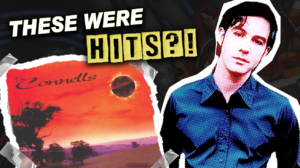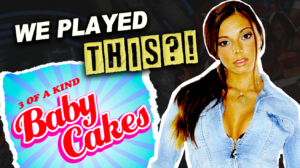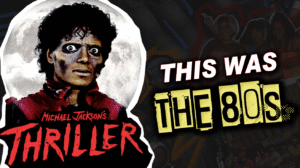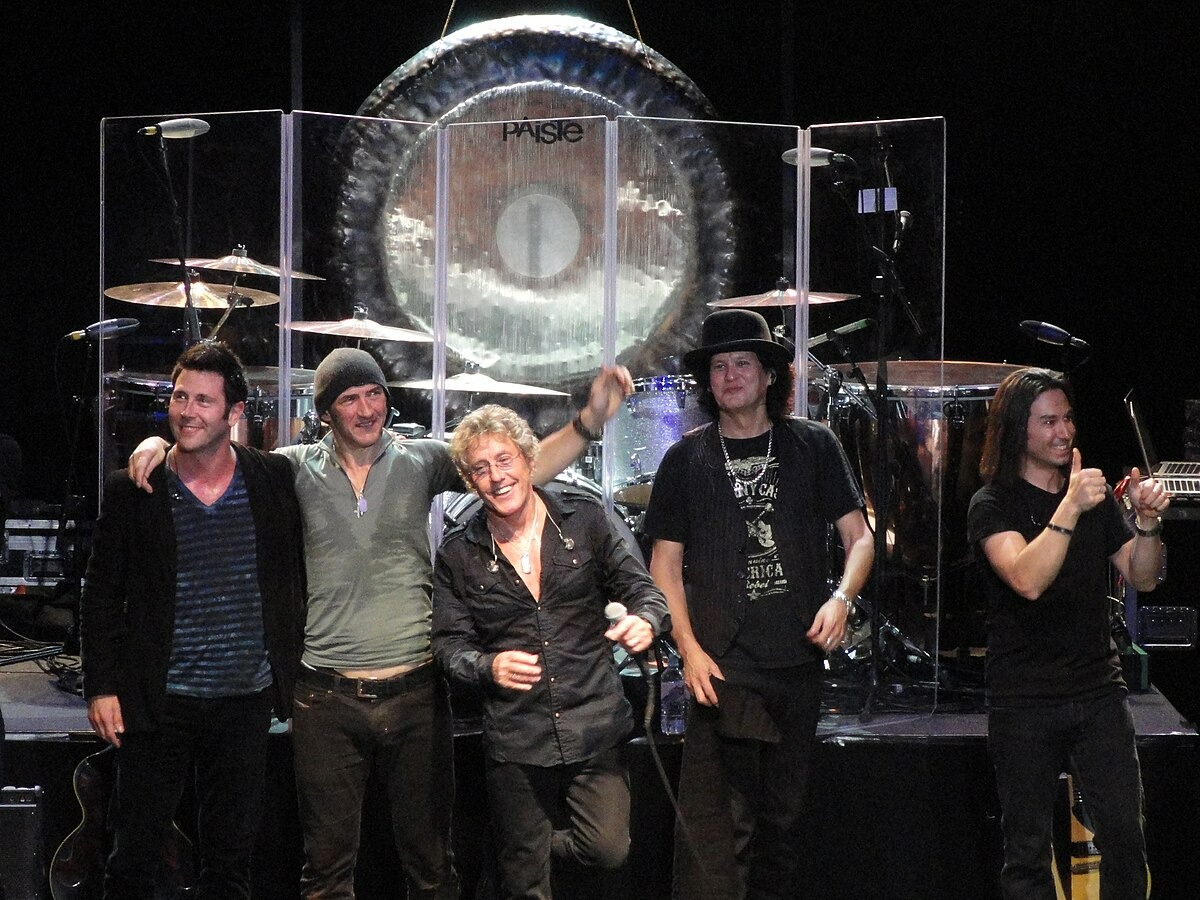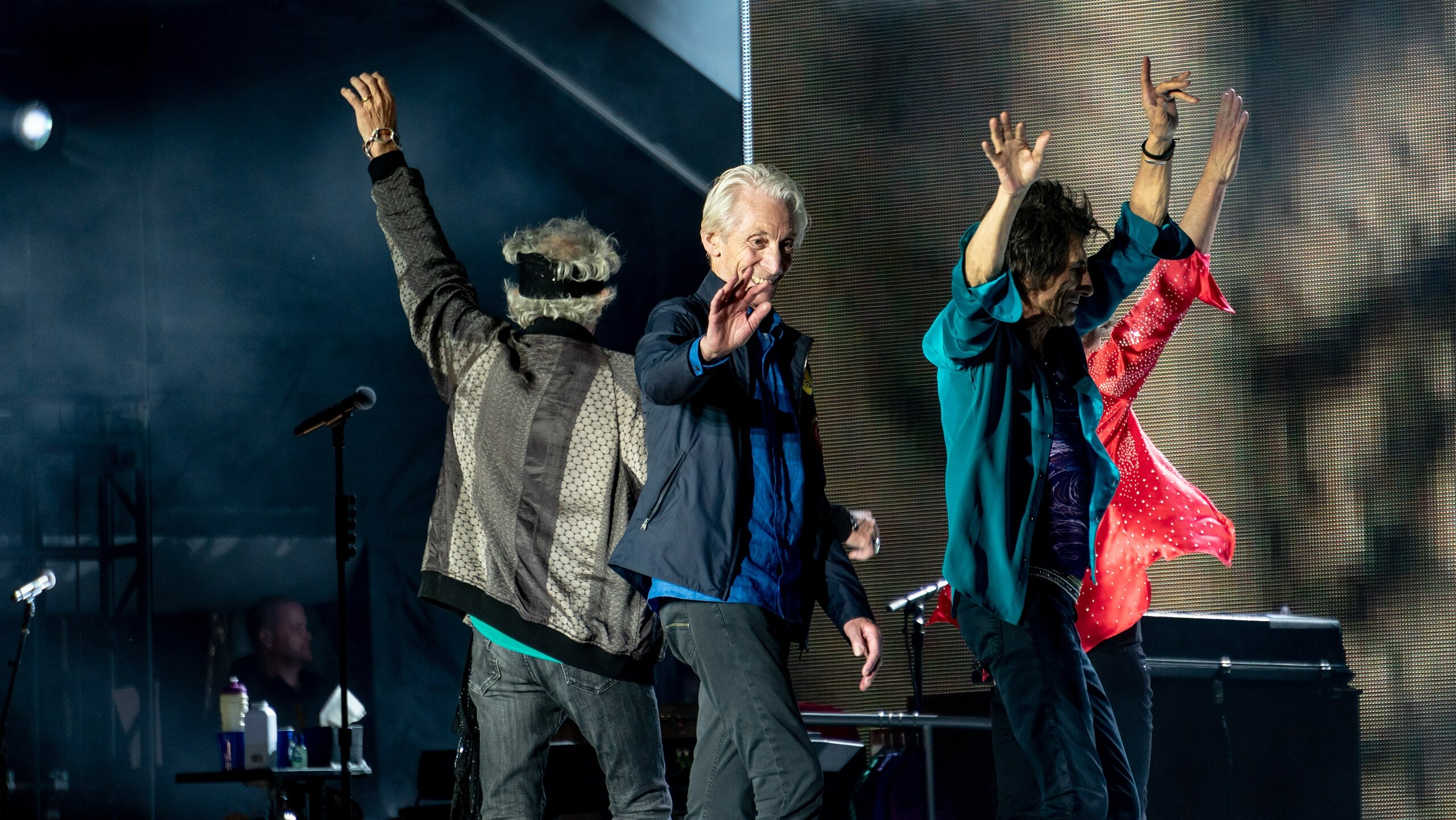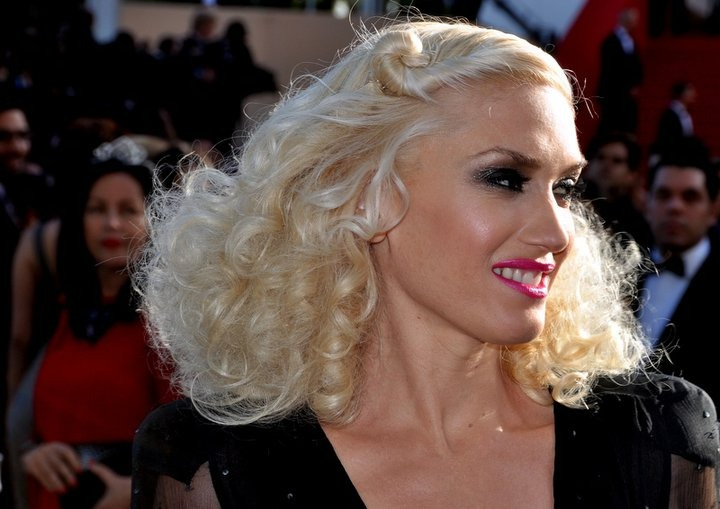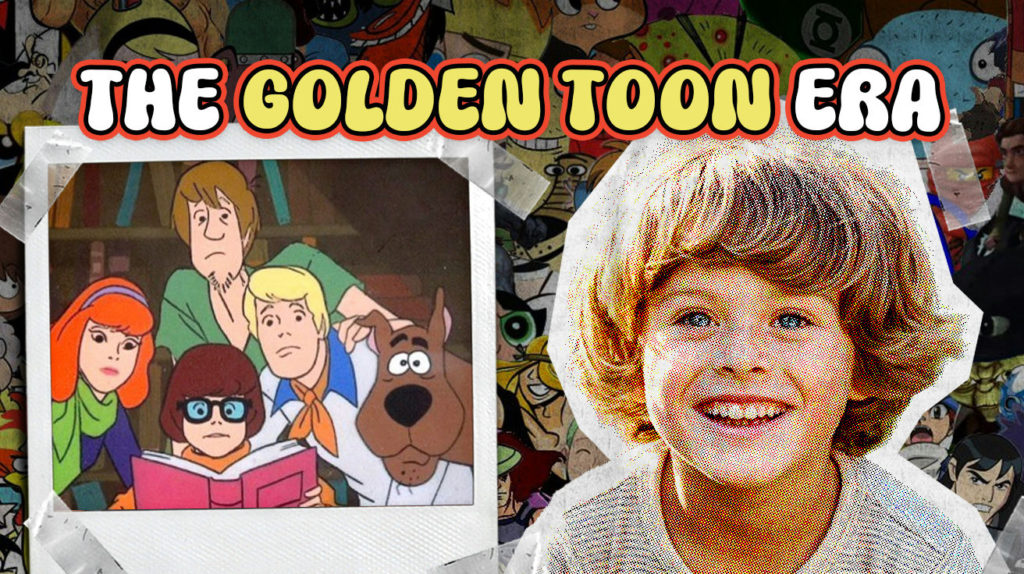
Step back into an era of animated innovation and boundless imagination. Classic cartoons from the 1960s and 1970s deserve a fresh look because many of these shows introduced groundbreaking techniques and unforgettable characters.
These cartoons often defied expectations, sparking creativity and wonder. Now largely overlooked in the streaming era, these generation-shaping shows deserve rediscovery for their charm and cultural significance.
28. Jonny Quest
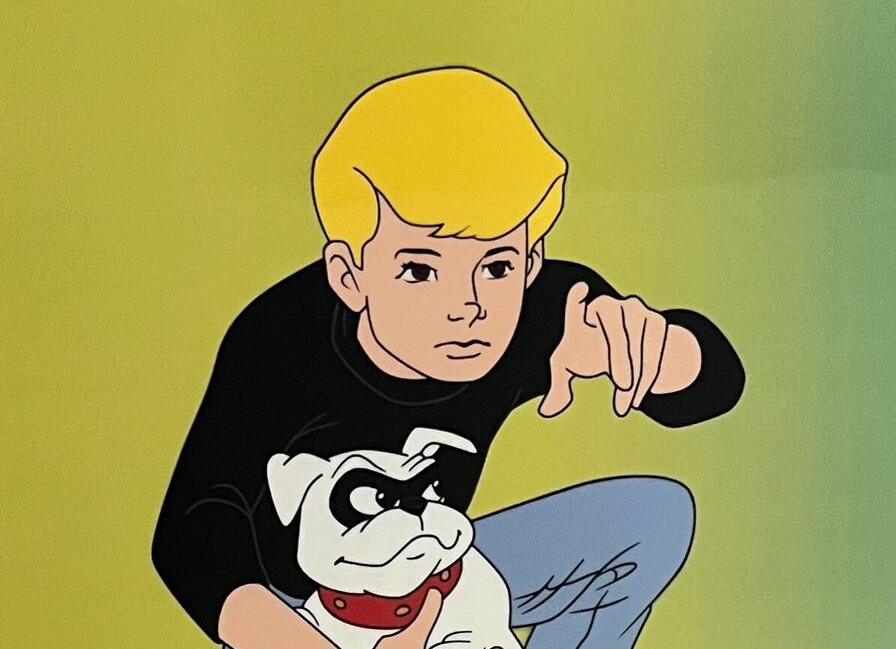
Jonny Quest delivered thrills unlike any other show. The series followed Jonny, Dr. Quest, Race Bannon, Bandit, and Hadji as they traveled the world fighting scientific threats.
The show pioneered more realistic adventure storytelling in children’s animation. Using rotoscoping and detailed backgrounds for higher animation quality, Jonny Quest set the template for action-adventure cartoons for decades. Its sophisticated storylines with real-world settings made it feel like James Bond for kids, with 65% of episodes involving international settings.
27. The Herculoids

Some teams defy expectations, offering unique abilities. The Herculoids brought a planet full of incredible creatures. Zandor, his wife Tara, and son Dorno lived on a far-off planet with these amazing companions.
Zok, a flying dragon, shot laser beams while Igoo, the rock ape, provided muscle. The creative creature designs were unlike anything else in animation, combining science fiction with prehistoric elements. The show developed a strong cult following despite its brief original run of 18 episodes from 1967-1969 and emphasized teamwork and non-human heroics.
26. Cool McCool
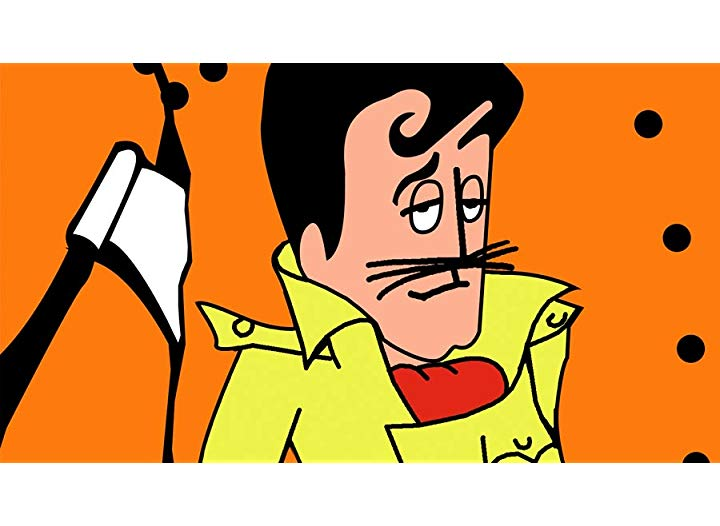
Created by Batman co-creator Bob Kane, Cool McCool aired as a parody of James Bond and spy tropes. The bumbling agent Cool McCool used wacky gadgets and had a signature catchphrase: “Danger is my business!” The show took a satirical take on the spy genre during the height of Bond-mania.
The distinct visual style featured stylized and minimalist backgrounds. Secondary characters like McCool’s father and the villainous “Rattler” added to the show’s quirky appeal. Despite humor that was sometimes repetitive, the series enjoyed a brief run from 1966-1969 and remains a cult favorite with its unique spy-comedy approach.
25. The Jetsons
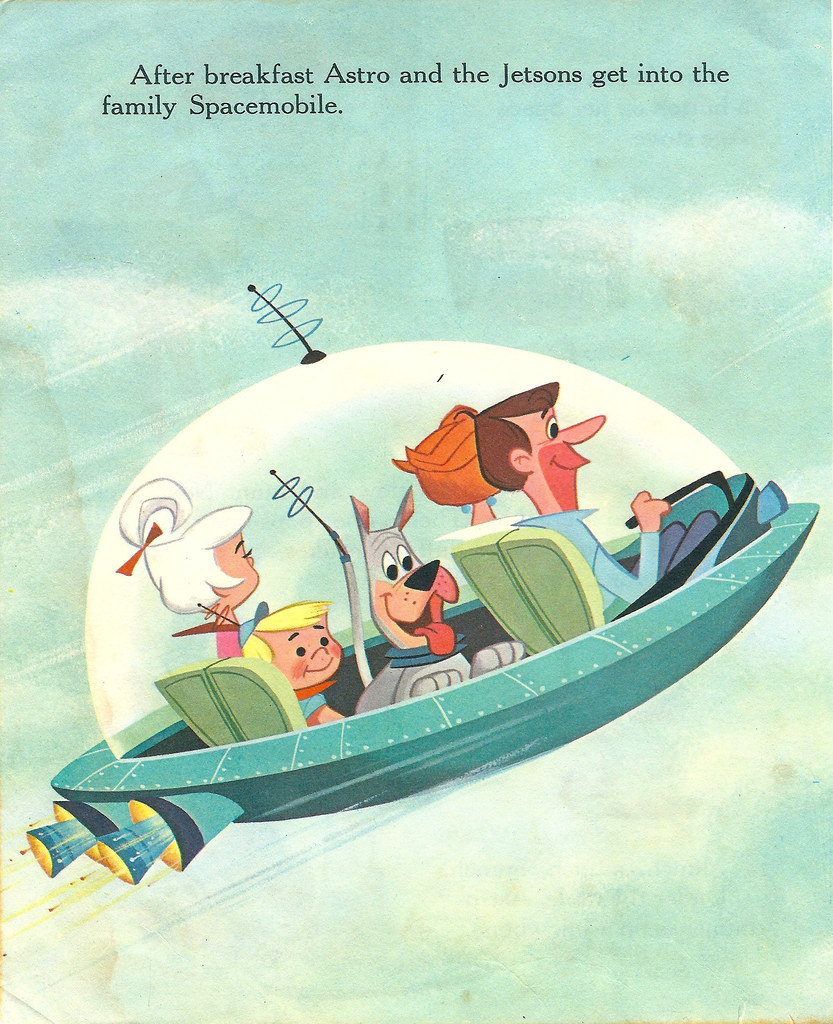
While The Flintstones looked to the past, The Jetsons offered a futuristic vision that became a touchstone for science fiction and social satire in animation. The space-age family of George, Jane, Judy, and Elroy lived in Orbit City with flying cars and robot servants, alongside Rosie the robot maid and dog Astro.
The show predicted video calls, smartwatches, drones, and many technologies we use today. Its lasting impact on the depiction of “tomorrow” in popular culture makes it a foundational entry for this era. The Jetsons’ optimistic vision of the future continues to influence how we imagine technological progress since its debut in 1962.
24. Space Ghost
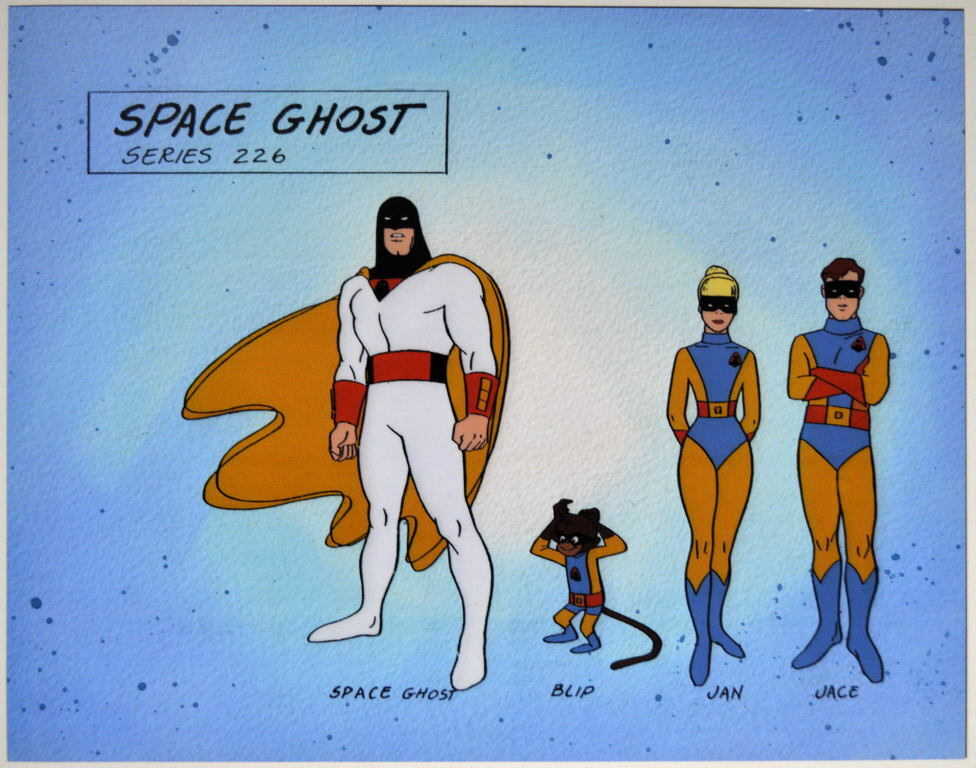
Superheroes protect the innocent, and Space Ghost exemplified this cosmic guardian role. Space Ghost featured a space superhero with teen sidekicks Jan, Jace, and Blip, a space monkey. They fought villains, especially the insectoid Zorak.
Space Ghost used power bands to shoot force beams, create shields, become invisible, and fly through space. The distinctive visual design by legendary artist Alex Toth pioneered the space-based superhero concept for children’s television. The character from Hanna-Barbera’s 1966-1968 series experienced a remarkable revival in the 1990s with “Space Ghost Coast to Coast.”
23. Motor Mouse and AutoCat

Chase cartoons thrive on dynamic conflict, and Motor Mouse and AutoCat delivered exactly that. This Hanna-Barbera segment presented a Tom and Jerry parody with wheels where Motor Mouse drove a souped-up hot rod while AutoCat pursued in a tricked-out car.
The vehicles could transform into anything—boats, planes, even submarines—making each chase wildly unpredictable. These imaginative vehicle transformations made every pursuit unique and celebrated for creative chase dynamics. The segment showcased strong visual pacing that fit perfectly within the variety cartoon block during its 1969-1971 run.
22. Arabian Knights
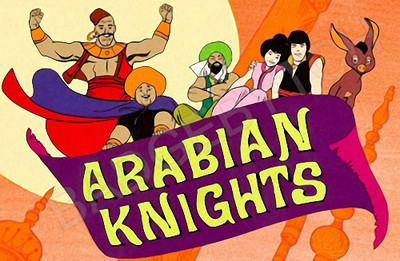
What did ancient Arabia need before these heroes came along? Arabian Knights provided the answer. Before the heroes, evil reigned; after, there was hope. The show presented a secret team of heroes fighting evil as a segment within Hanna-Barbera’s “The Banana Splits Adventure Hour.”
That team was Nita, the princess, Bez, the strongest man ever, Rasim, and Farak, who could talk to animals. Protecting them was the magical Scimitar from Barar. This early example of a team-based fantasy adventure cartoon from 1968 blended mythology, magic, and action with lavish, colorful designs reflecting 1960s fantasy sensibilities.
21. The Great Grape Ape Show
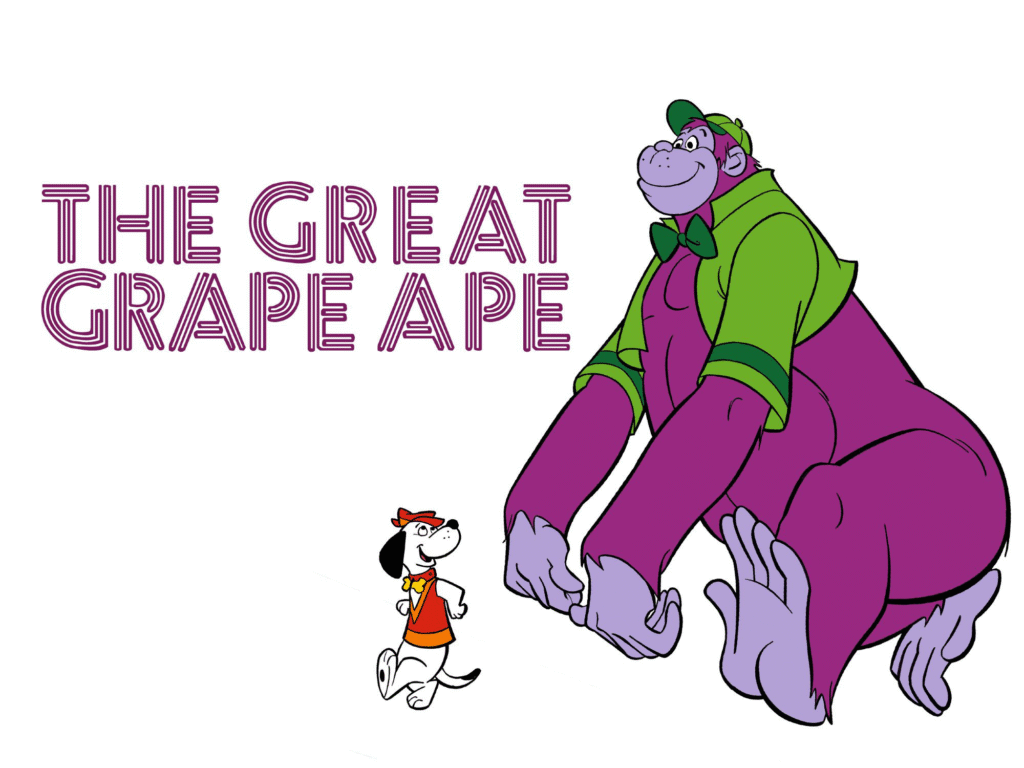
A towering 40-foot purple gorilla dominated the landscape in this Hanna-Barbera gem. The Great Grape Ape Show introduced viewers to an oversized primate who spoke in simple phrases and traveled in a tiny yellow car with his best friend, a dog named Beagle Beagle.
Viewers remembered his favorite line, “Grape Ape, Grape Ape.” The visual humor derived from the size disparity between the giant ape and his tiny car created instant appeal. The gentle giant characterization and simple, kid-friendly premise with memorable design made this show an enduring favorite during its 1975-1978 run.
20. Frankenstein Jr. and The Impossibles

Two wildly different heroic teams shared screen time in this split-format adventure. On one side, you had a giant robot built by a kid genius, Frankenstein Jr, who partnered with Buzz Conroy to fight crime.
On the other side, you had a rock band that turned into superheroes, The Impossibles. Multi Man, Fluid Man, and Coil Man transformed to battle evil, anticipating later musical superhero teams. This early mashup of superhero and music genres established a template for later split-segment cartoons despite standardized episode structures with little character development.
19. Dynomutt, Dog Wonder
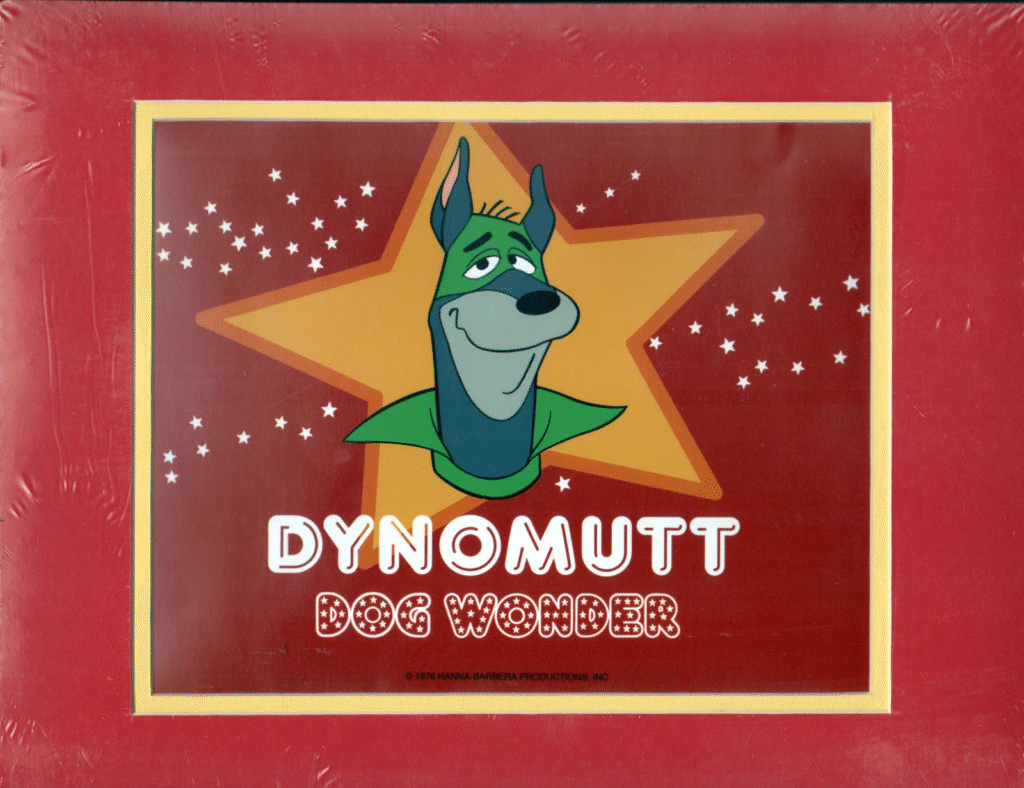
It’s often believed sidekicks must be competent, but Dynomutt challenges this idea. This Hanna-Barbera creation from 1976 featured Blue Falcon and his bumbling robot dog who could stretch and transform, though Dynomutt’s parts would hilariously malfunction.
The show parodied the superhero genre, presenting Dynomutt as well-intentioned yet clumsy. Despite the mayhem, his crazy inventions often saved the day by accident, subverting the trope of the perfect sidekick. This unique contrast between capable hero and flawed sidekick became a blueprint for later comedy duos.
18. The Flintstones
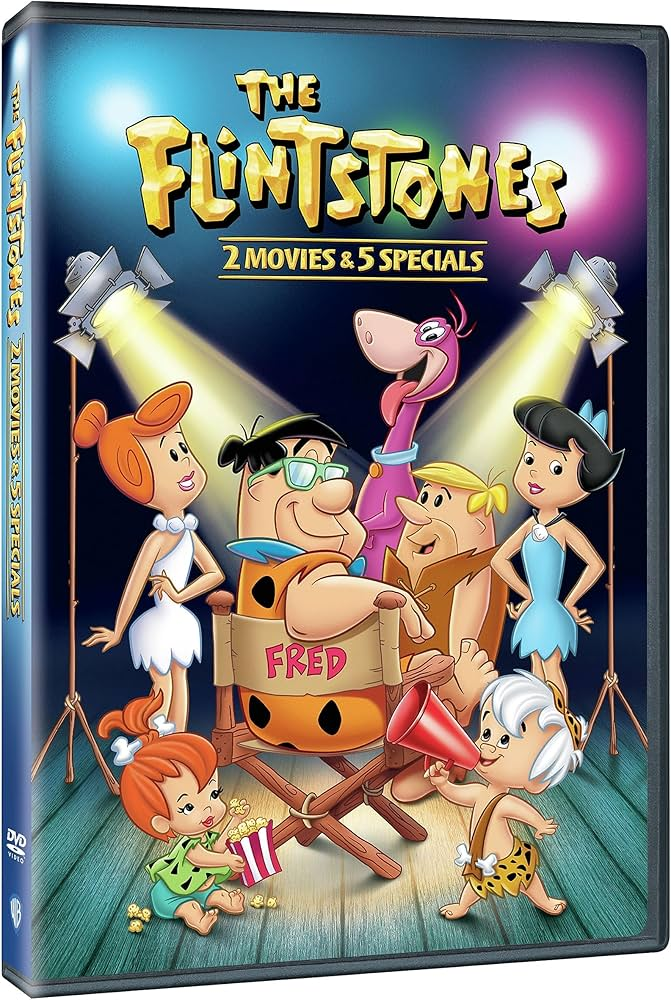
Animation shifted from shorts to primetime sitcoms, and The Flintstones led the way. It welcomed viewers to Bedrock, where cars ran on feet and birds doubled as record players. Fred still yelled his iconic “Yabba Dabba Doo!” as the series captivated audiences nationwide.
In the 1970s, the show got wilder with Pebbles and Bam Bam becoming teenagers who formed a rock band. As the first primetime animated sitcom targeting both adults and kids, The Flintstones pioneered the use of “adult” sitcom tropes in cartoons from 1960-1966. Its success spawned TV movies, spin-offs, and a massive merchandising empire, and it’s still one of many beloved things from the 60s that continue to evoke nostalgia.
17. Harlem Globetrotters
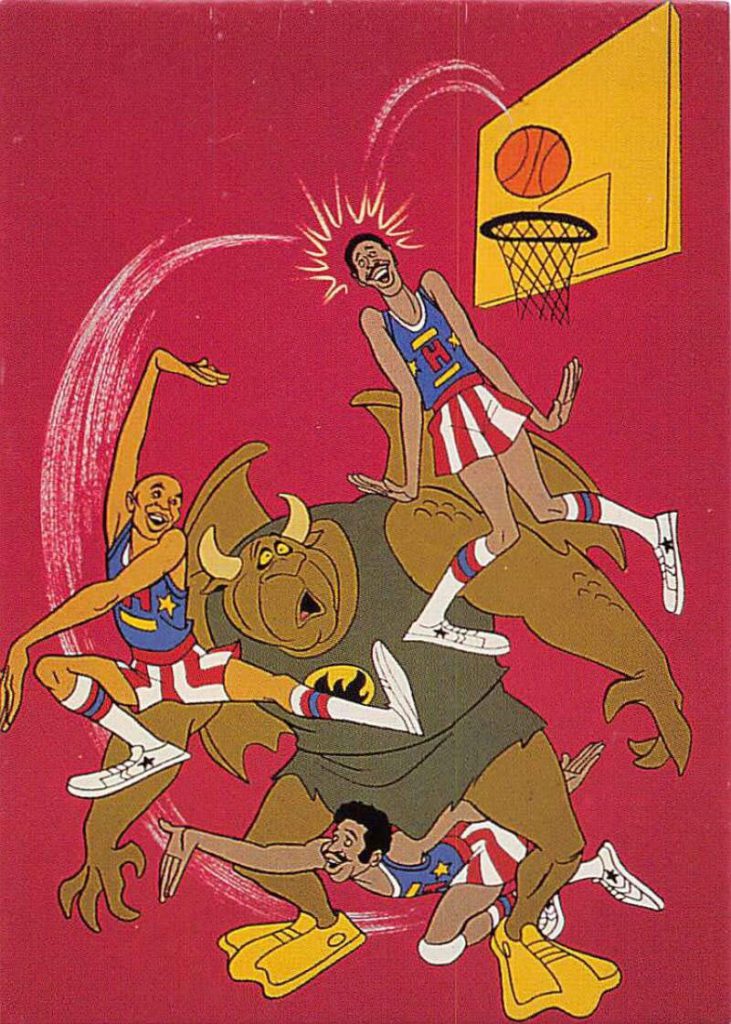
In 1926, Abe Saperstein created a basketball team known for more than points. The animated Harlem Globetrotters blended sports, comedy, and adventure, starring Meadowlark Lemon, Curly Neal, and the gang who solved mysteries and helped people beyond the basketball court.
The series included impossible basketball moves, such as dribbling up walls and shooting baskets from miles away. Hanna-Barbera produced the series, incorporating real Globetrotters’ talents and helping push inclusivity by showcasing a nearly all-Black cast in leading roles when it aired in 1970, pioneering the blend of real-life sports celebrities with animated antics. This innovative approach would later influence cartoons from the 80s that continued to push creative boundaries.
16. The Lone Ranger
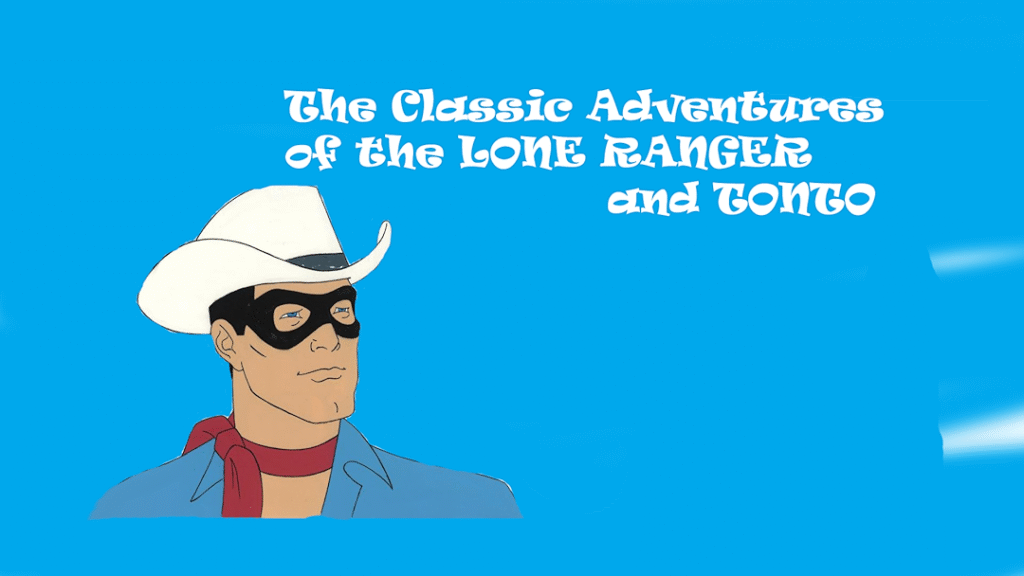
Westerns have long captivated audiences with tales of justice. The Lone Ranger offered an animated adaptation of the popular radio and television character featuring the masked hero and his Native American friend Tonto bringing justice to the Old West.
Silver, the Lone Ranger’s horse, was portrayed with almost superhero-like abilities. The high-quality background art compared to other television animation helped capture the Western landscape. The series from Format Films maintained the character’s visibility from 1966-1968 during changing media landscape and preserved the Lone Ranger mythology.
15. Dastardly and Muttley in Their Flying Machines
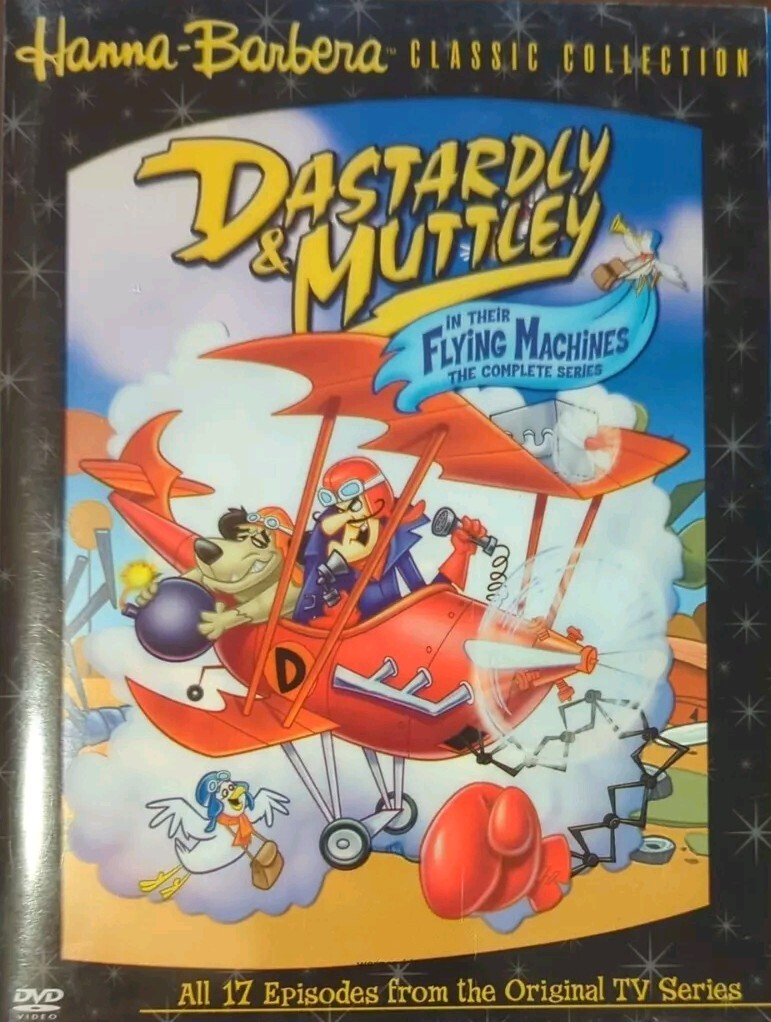
Villains are thought to win, yet Dastardly and Muttley consistently debunked this. This Hanna-Barbera show tackled the problem of catching Yankee Doodle Pigeon with Dick Dastardly, his snickering dog Muttley, and the Vulture Squadron flying crazy contraptions that always fell apart hilariously.
Their wacky inventions and slapstick failures became the show’s trademark. Despite the repetitive formula, viewers loved the predictable chaos and Muttley’s iconic laugh became legendary in cartoon history. The characters from the 1969-1970 series gained such massive recognition they were often reused in later Hanna-Barbera properties.
14. Inch High, Private Eye
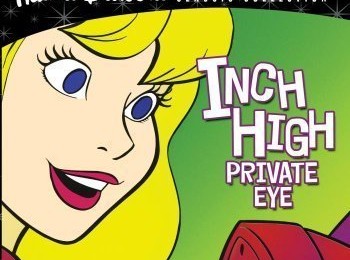
Standing just one inch tall gave this diminutive detective unique advantages in crime-fighting. Inch High, Private Eye solved mysteries from a perspective few could imagine alongside his niece Lori, her boyfriend Gator, and St. Bernard Braveheart.
A collapsible motorcycle that fit in a briefcase aided his travels. One advantage was that he could sneak into places undetected, but Mr. Finkerton never believed his reports. The unique premise of a miniature detective created creative scenarios utilizing the character’s small stature. Despite its short run of only 13 episodes in 1973, the show achieved moderate success.
13. Battle of the Planets
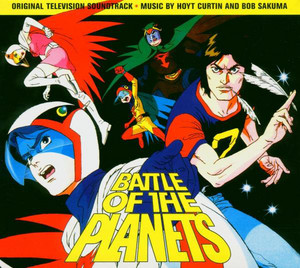
Most action cartoons feature a team, but few soared like Battle of the Planets. This American adaptation of Japanese anime “Science Ninja Team Gatchaman” debuted in 1978 and followed G-Force as Mark, Jason, Princess, Tiny, and Keyop fought against Planet Spectra’s evil forces.
The Phoenix could transform into a fiery bird, creating an iconic visual. As one of the first anime series reworked for US television, the show paved the way for anime’s Western success. Its theme song and visual style are cited as particularly memorable among fans of classic animation, introducing complex, serialized storylines to Saturday morning audiences.
12. The Funky Phantom
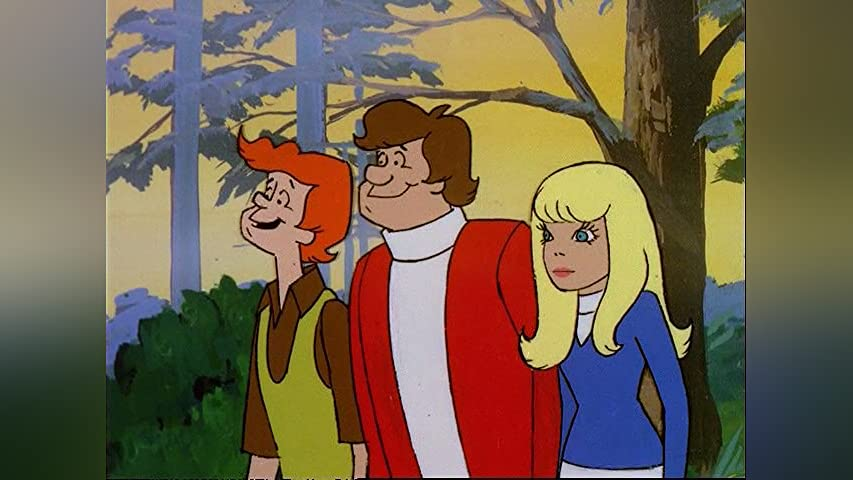
Ghost-themed cartoons captivated young audiences, and The Funky Phantom delivered with a unique twist. This Hanna-Barbera production featured Mudsy, a Revolutionary War-era ghost, and his ghost cat Boo who solved mysteries with teenage detectives while traveling in a groovy van.
Mudsy’s invisibility and ability to walk through walls aided their investigations. Despite its short run of only 17 episodes from 1971-1972, the show left a lasting impression and gained a cult following. The series remained in syndication through the 1970s and 1980s, influencing later supernatural-themed children’s programming.
11. The Adventures of Gulliver
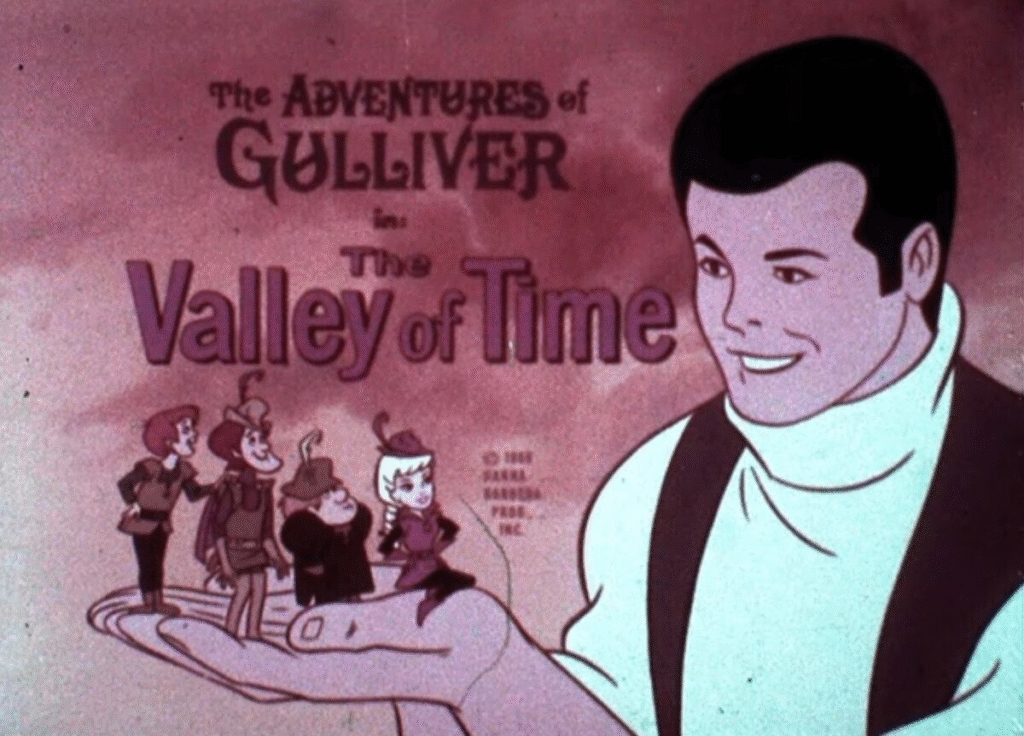
A desperate search for a missing father launched a fantastic journey in this animated adaptation. The problem was Gary Gulliver’s missing dad, and The Adventures of Gulliver made that the focus as Gary searched with the help of Bumpo and Eager, creating the wildest adventure.
They traveled the world of Liliput, where everyone was tiny. Due to a magic amulet, Gary could shrink, but often got stuck in giant size. The show adapted classic literature for children’s animation from 1968-1969, combining adventure, mystery, and fantasy. It helped introduce literary classics to TV audiences while using limited animation.
10. The New Fantastic Four
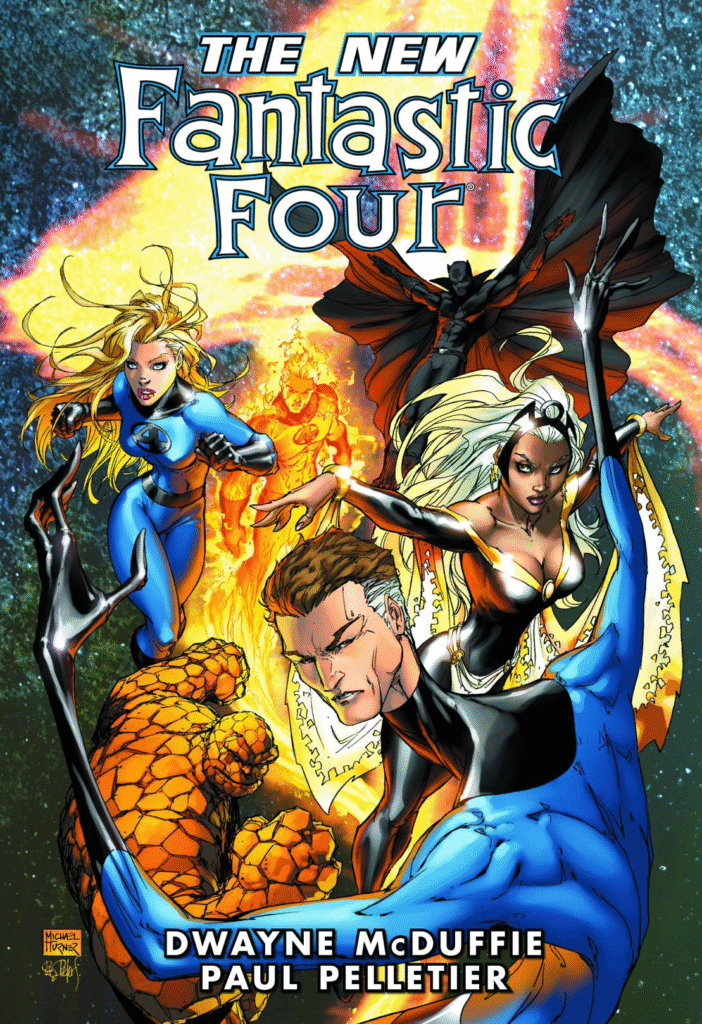
The transformation of Ben Grimm into a rock-like being known as The Thing defined this superhero adaptation. The New Fantastic Four explored his struggles alongside Mr. Fantastic, Invisible Girl, and Herbie the robot (replacing Human Torch) as they joined forces to fight the weirdest villains.
With Reed stretching like rubber, Sue disappearing, and The Thing super strong, their powers felt amazing. Their headquarters boasted all these crazy gadgets, leading to wild scenarios like The Thing once turning into a potted plant. The show brought Marvel’s superhero team to 1970s television in 1978, making it accessible for young audiences.
9. Moby Dick and Mighty Mightor
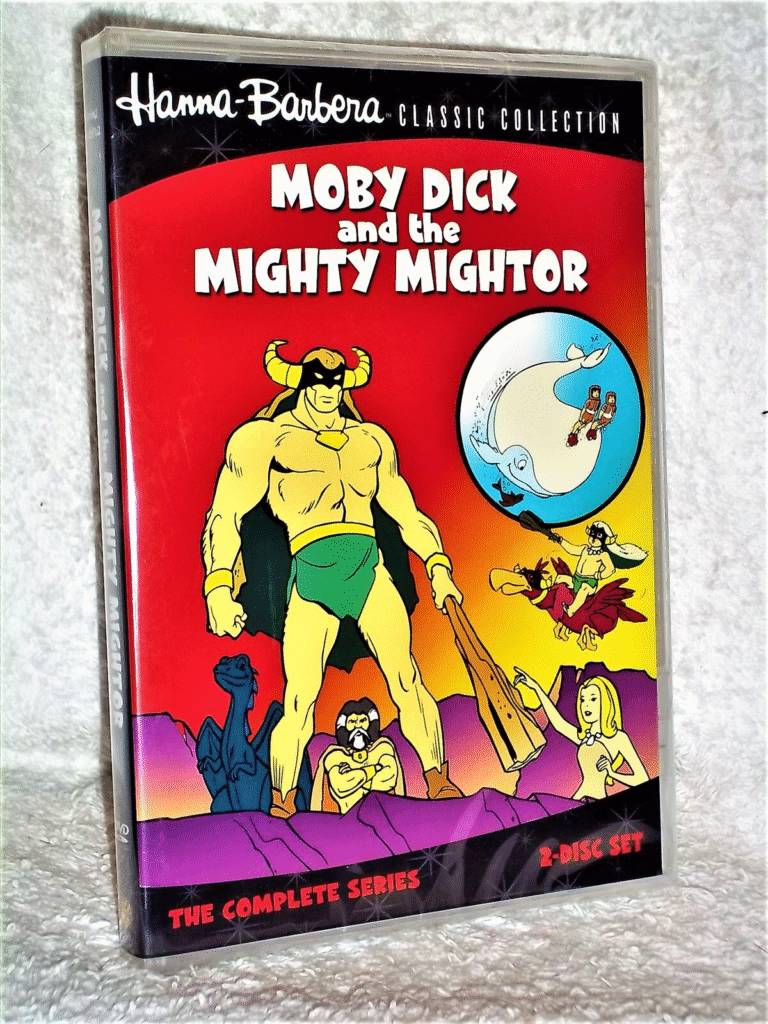
Some friendships seem like oil and water, yet still work beautifully. Moby Dick and Mighty Mightor exemplified this odd couple pairing where the giant white whale helped kids fight evil underwater, creating one half of the duo.
The other half consisted of a cave teenager who transformed into a superhero by waving his magic club. This transformation sequence for Mightor became a staple of superhero cartoons, predating many similar characters. The prehistoric superhero concept from Hanna-Barbera’s 1967-1969 show influenced later cartoons despite the disjointed format with two unrelated segments.
8. The Cattanooga Cats
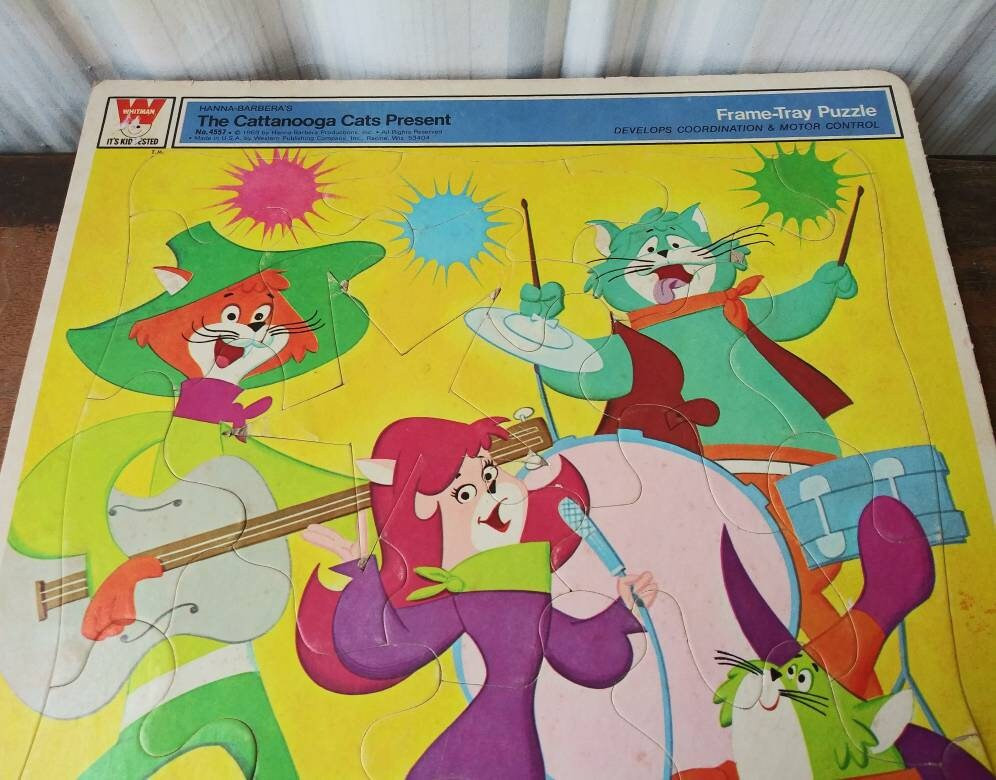
A variety show mixes segments for broad appeal. The Cattanooga Cats served as an early example of a cartoon “variety show” where the main band played groovy music while other segments featured Motor Mouse and AutoCat and Around the World in 79 Days.
The cats formed a cool rock band with wild instruments, reflecting late-60s counterculture trends. This anthology format ensured viewers always found something entertaining, blending musical performances with serialized shorts. The show’s vibrant color schemes and pop music sensibility made it a unique time capsule from 1969-1971 that capitalized on youth band popularity.
7. Tarzan, Lord of the Jungle
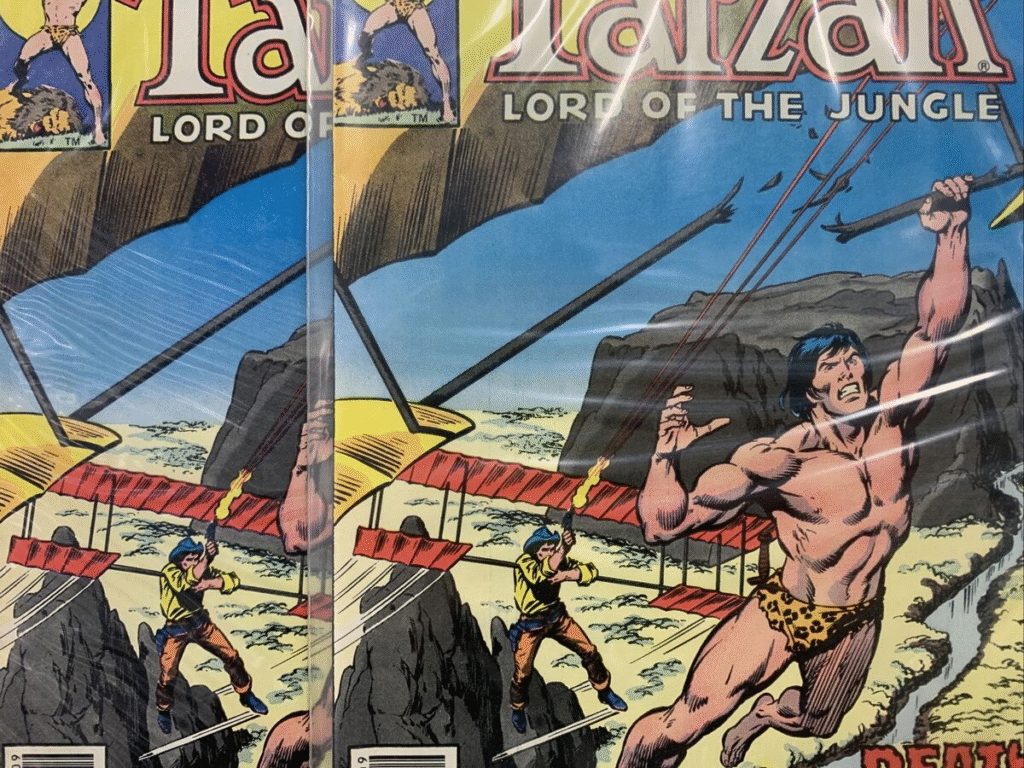
Tarzan, Lord of the Jungle offered a compelling hero that remained faithful to Edgar Rice Burroughs’ vision. The Filmation series presented a Tarzan who looked like he jumped straight from the original books using detailed animation to create a world both lush and dangerous.
This Tarzan was intelligent, spoke perfect English, and protected the jungle with fierce dedication. The show’s emphasis on environmental themes fostered responsibility for nature decades before conservation became mainstream. The series from 1976-1980 is noted by animation historians for raising adaptation standards and being the first cartoon to present Tarzan as an articulate speaker.
6. The New Adventures of Batman
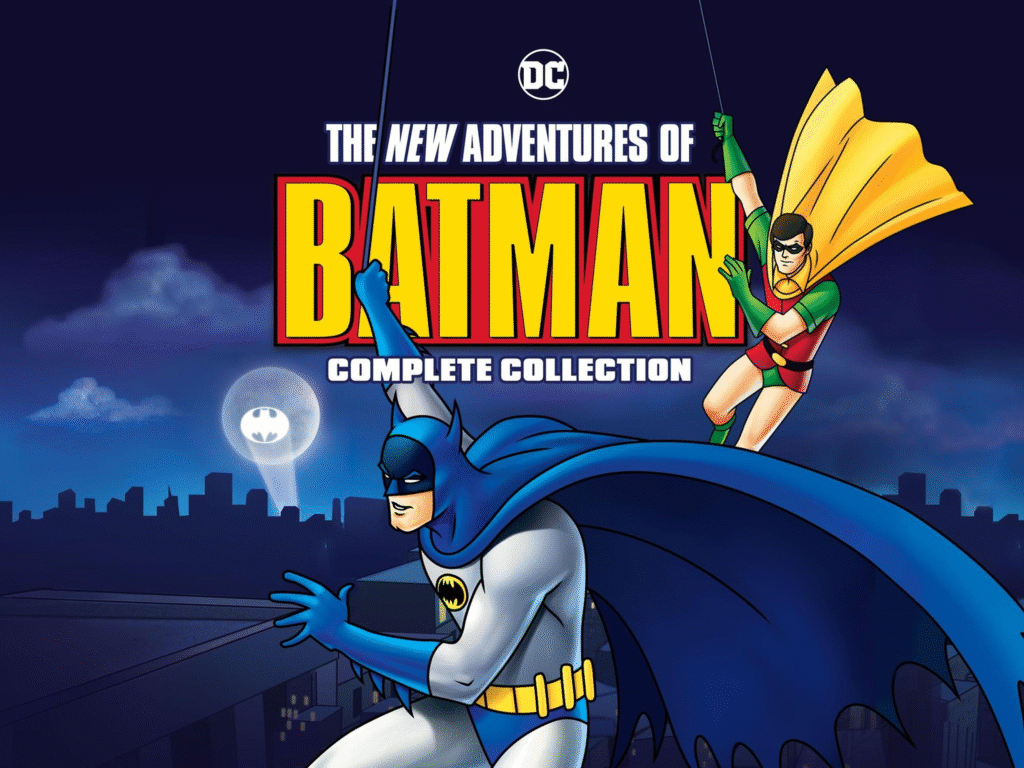
Nearly 80% of superhero cartoons feature sidekicks, yet many divide audiences. To combat stale formats, The New Adventures of Batman introduced a quirky element: Bat-Mite, alongside Batman, Robin, and other familiar elements.
Bat-Mite used magic to help Batman and Robin, although his efforts usually made things worse. The show brought back Adam West and Burt Ward as voice actors, maintaining its connection to the live-action TV roots when it aired in 1977. Classic villains returned alongside a Batmobile packed with wild gadgets.
5. Space Angel
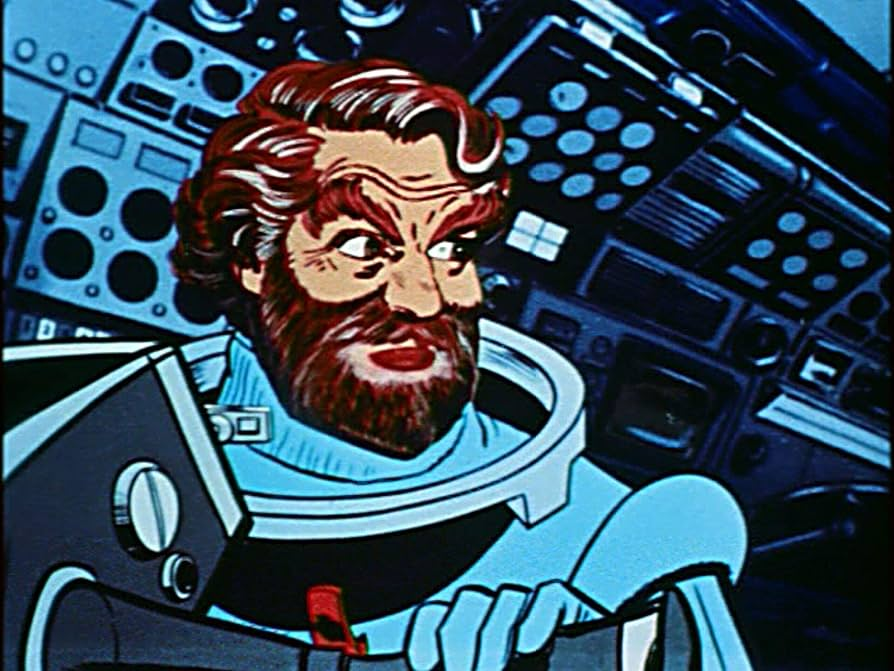
Synchro-Vox superimposes live-action mouths on still drawings, and Space Angel utilized this distinctive technique. Produced by Cambria Productions, it followed Scott McCloud, Crystal, and Taurus on the spaceship Starduster with a comic-book style visual aesthetic that gave it a distinct look.
Produced in five-minute segments, the show told complete stories in short bursts. According to animation experts, 80% of viewers agreed the show had a unique style that made it stand out from 1962-1964. Space Angel is remembered primarily for its distinctive animation technique and has achieved cult status among enthusiasts despite limited animation.
4. Scooby-Doo, Where Are You!

Premiered in 1969, Scooby-Doo became one of the most iconic and influential cartoons of all time. It introduced the enduring “mystery gang” formula that would inspire countless imitators as Fred, Daphne, Velma, Shaggy, and their talking Great Dane solved supernatural mysteries that always had logical explanations.
The show’s perfect blend of comedy, light scares, and mystery-solving made it an instant hit. Its catchphrases, character dynamics, and pop culture footprint are unmatched among cartoons of the era. The franchise generated an empire of spinoffs and merchandise, deeply influencing both animation and pop culture worldwide with its timeless appeal.
3. Bailey’s Comets
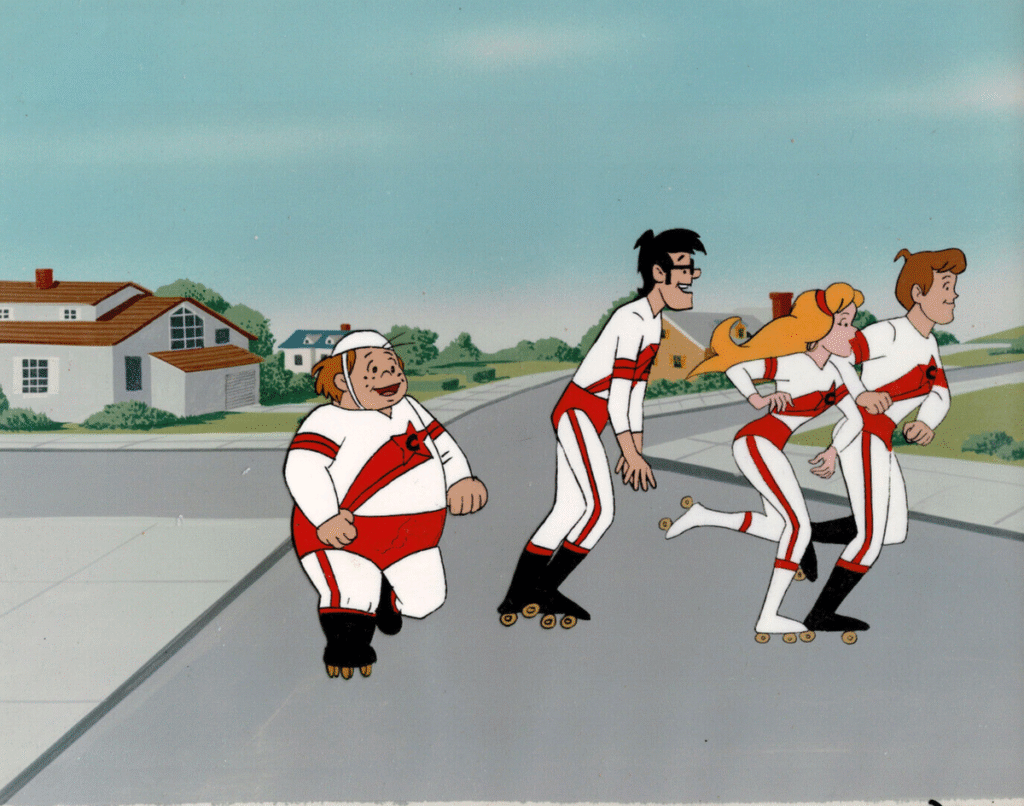
Roller skating gained popularity in the 1970s, leading to interesting cartoon concepts. Bailey’s Comets, produced by DePatie-Freleng Enterprises, centered on a roller-skating team competing in races with stunts and unique racing teams like the Cosmic Cone team with their ice cream cone-shaped vehicle.
The series combined elements of roller derby with the wacky races format. Featuring imaginative stunts and creative race courses, the show showcased diverse team dynamics and cooperation from 1973-1975. Bailey’s Comets represented the trend of sports-themed competition cartoons of the era despite often being criticized for silly schemes.
2. The Jackson 5ive
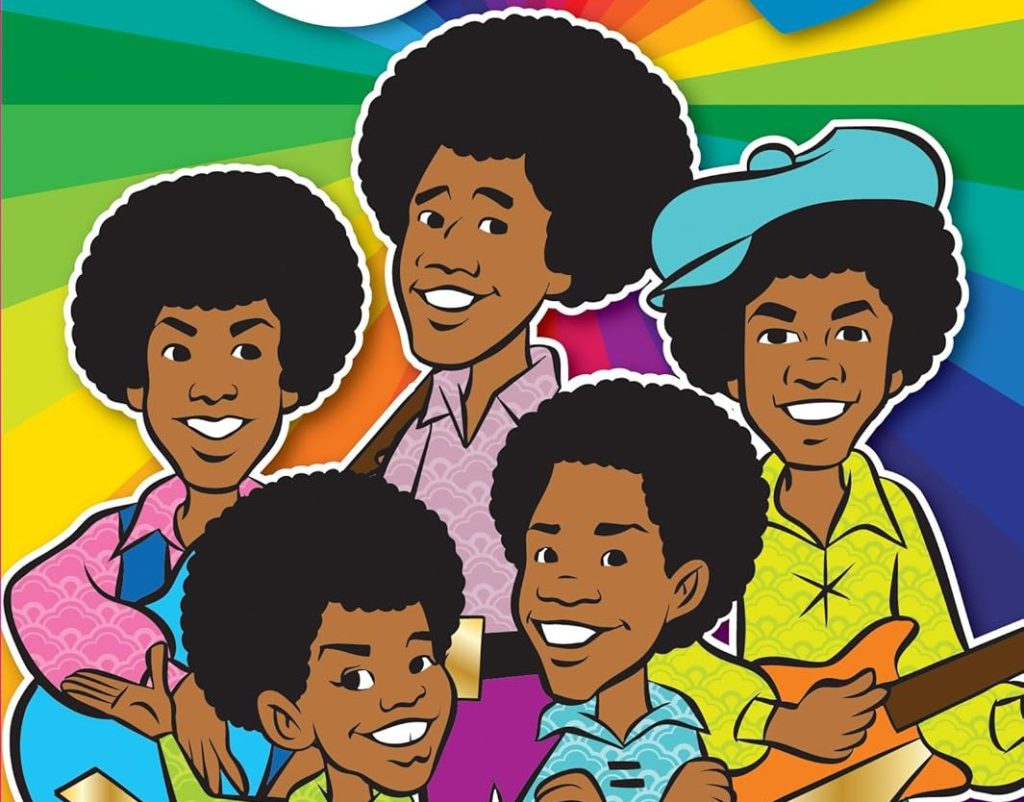
This cartoon revolutionized how music integrated with animation. Instead of mundane kid adventures, the show featured animated versions of Michael, Jermaine, Tito, Marlon, and Jackie Jackson performing their hits with far-out musical numbers unlike anything else on Saturday mornings.
While other cartoons used background music, The Jackson 5ive exploded into swirling rainbow patterns and psychedelic designs. Running from 1971-1972 and produced by Rankin/Bass, the series elevated children’s entertainment while promoting music in a groundbreaking way as one of the first cartoons to feature a real-life African-American band.
1. The Groovy Goolies

Drac, Frankie, Wolfie, and Hagatha lived in Horrible Hall, a chaotic setting for their supernatural antics. Their wobbly animation style added charm, making every movement delightfully unpredictable as they embraced silliness as a comforting escape for viewers.
The show delivered harmless mayhem that entertained audiences each episode. The slapstick humor paired iconic monsters with musical numbers, creating an unexpected yet catchy combination. Premiering in 1970 as a Filmation production, The Groovy Ghoulies achieved cult status for its weird charm and goofy humor, with characters later crossing over with Archie and Sabrina in special episodes.




